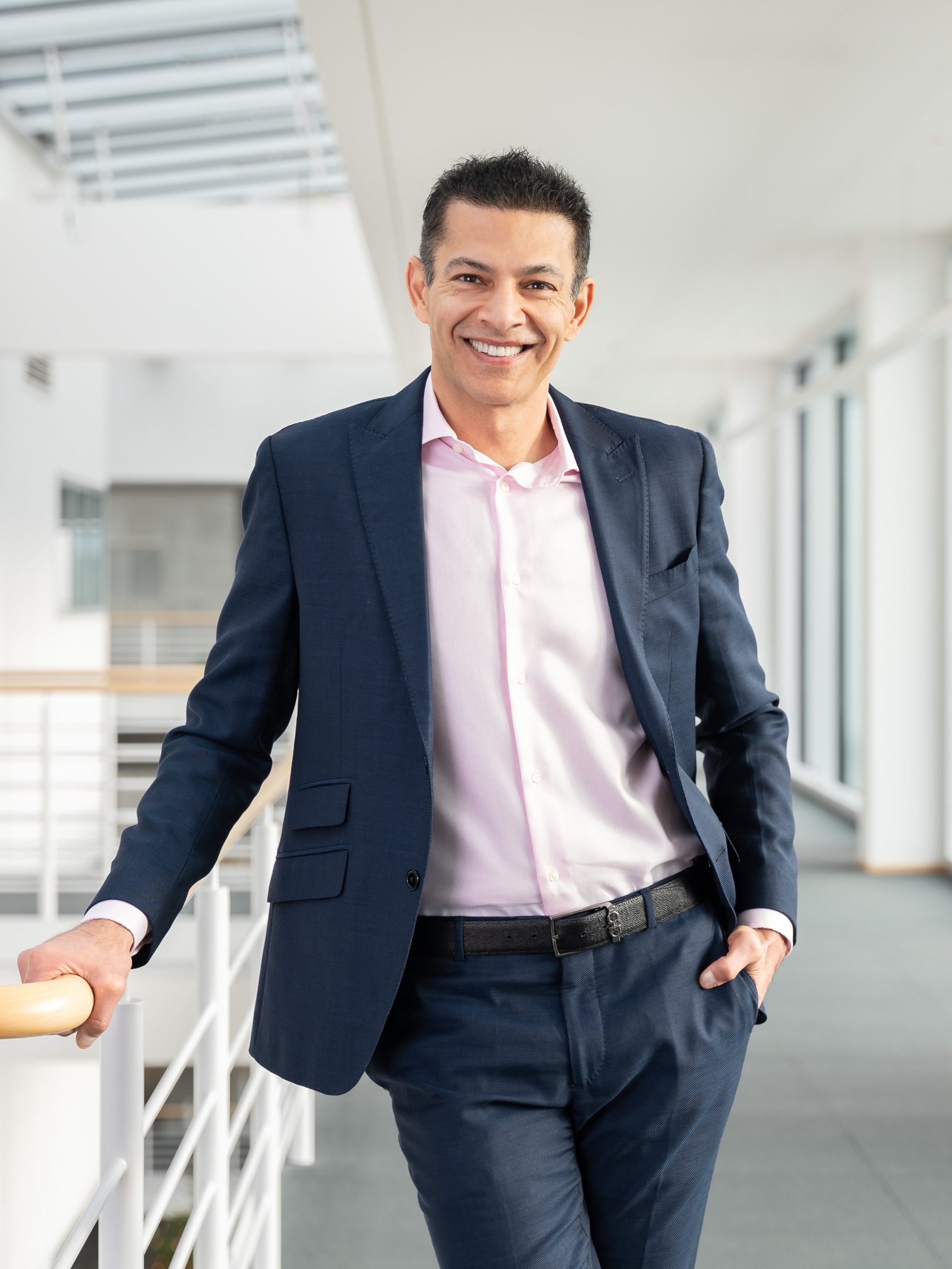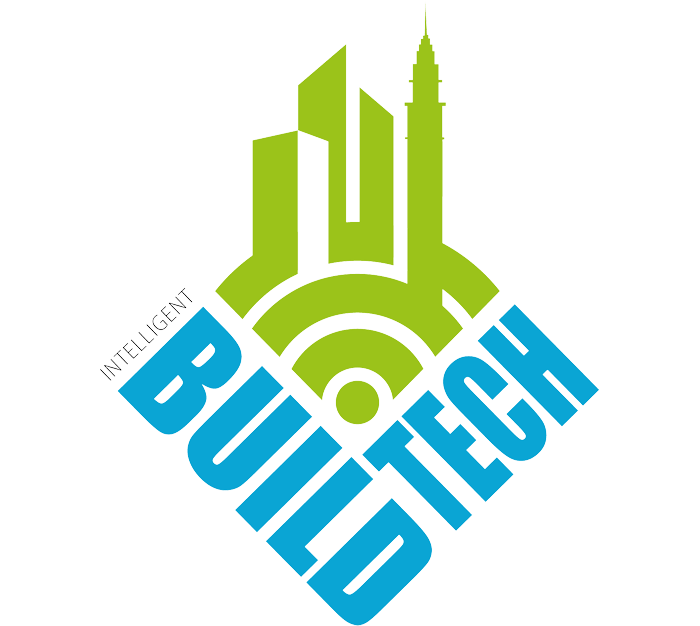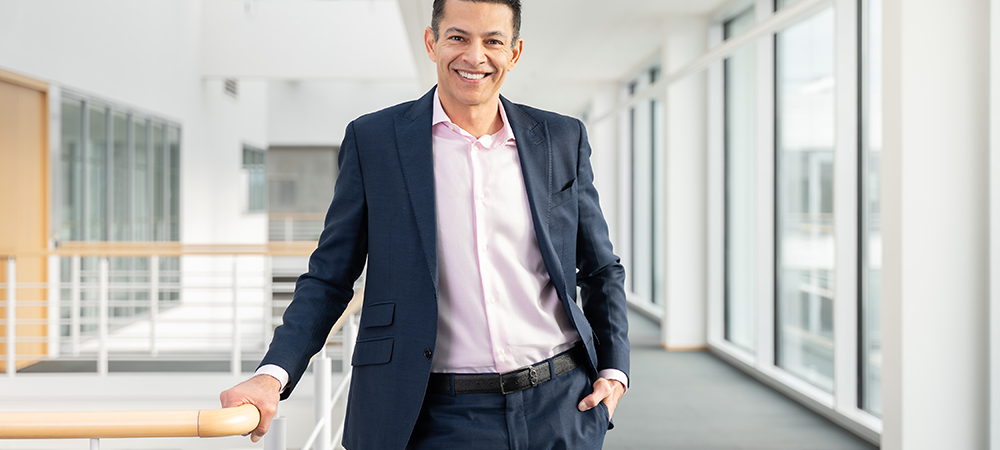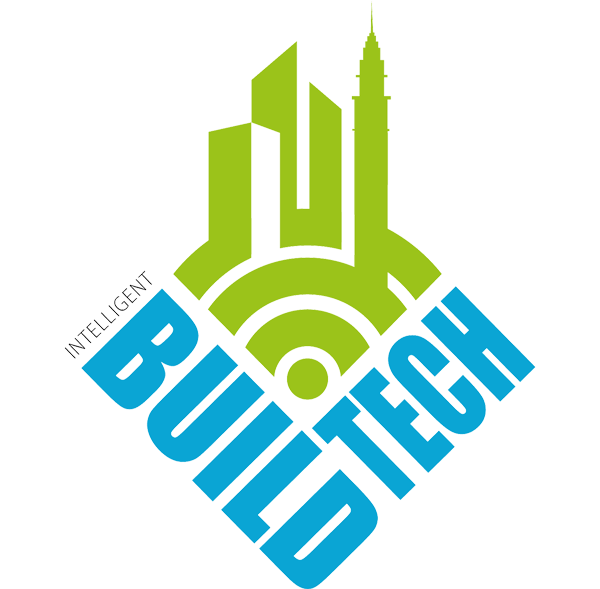In this exclusive interview, Usman Shuja, Member of the Executive Board and Chief Division Officer at Nemetschek, shares insights on the future of digital construction. He discusses AI, automation and sustainability, highlighting Nemetschek’s role in transforming the AEC industry through innovation, collaboration and cutting-edge technology.

What emerging technology trends in the construction and digital transformation space excite you the most, and how do you see them shaping the future of the industry?
The construction industry is at a pivotal moment, driven by advancements in AI, automation and digital collaboration tools, which are actively transform workflows. AI-powered predictive analytics and automated design tools enable project teams to anticipate risks, reduce rework and optimise resources in ways that were previously impossible.
Additionally, digital twins and connected data platforms are revolutionising how projects are designed, built and maintained, creating a seamless digital thread across the entire building lifecycle, improving efficiency and sustainability. Cloud-based collaboration, AI-assisted workflows and enhanced visualisation technologies, also make construction faster, more cost-effective and sustainable.
What do you consider the biggest challenges facing the Build & Construct sector today, and how is the Nemetschek Group addressing them?
A big industry challenge is extracting maximum value out of existing technology investment primarily due to fragmentation—construction projects involving multiple stakeholders working in silos with disconnected systems and lack of clarity on data strategy. This lack of interoperability slows progress, leads to miscommunication and increases costs.
Open standards, artificial intelligence and connected ecosystems help address this. We provide solutions that bridge those silos. Bluebeam, for instance, plays a crucial role in enabling real-time collaboration and PDF markups across teams, ensuring that information remains accessible and up-to-date.
The industry is also under increasing pressure to reduce its carbon footprint while maintaining efficiency. Our solutions help drive sustainable building practices, through energy-efficient design software, digital construction methods or AI-driven material optimisation.
Finally, there’s the labour shortage. We must leverage automation and digital up-skilling to empower the current workforce, while attracting the next-generation of construction professionals.
Since joining Nemetschek, you’ve played a key role in strategic initiatives such as Bluebeam’s subscription transition and the acquisition of GoCanvas. What other transformative projects or innovations are you particularly excited about?
A transformative initiative we’re working on is AI-driven automation across our software ecosystem. Integrating AI streamlines workflows, reduces manual tasks and helps users make data-driven decisions faster; from smart document management to automated compliance tracking and predictive project analytics. We’re expanding our cloud-based solutions and API integrations to enhance connectivity and interoperability across the construction lifecycle. Our vision is a truly connected digital ecosystem where architects, engineers and builders can work seamlessly, in real-time.
We’re enhancing site awareness by equipping field workers with smarter, more intuitive tools providing real-time insights into project progress, safety conditions, and potential risks. Leveraging AI-powered analytics and mobile solutions enables teams on-site to make informed decisions faster, bridging the gap between office planning and field execution.
International expansion of our solutions is a major priority. Construction markets worldwide adopt digital tools at different rates; we’re tailoring our offerings to meet regional industry needs while maintaining global interoperability.
With your extensive background in AI, connected buildings and digital transformation, how do you envision AI and automation enhancing efficiency and collaboration in the AEC (Architecture, Engineering & Construction) sector?
An immediate impact is on design automation; AI-driven tools can generate and optimise models based on real-world constraints, drastically reducing time spent on iterations while enabling teams to focus on innovation.
AI-powered risk prediction helps companies improve safety and reduce delays. By analysing historical data and real-time site conditions, AI identifies potential hazards, predicts schedule disruptions and optimises resource allocation, before problems arise.
Automation transforms document management and compliance tracking. AI can extract, categorise and validate data across complex project documents, reducing errors and ensuring regulatory compliance with minimal manual intervention.
AI enhances collaboration and interoperability by enabling smart workflows, automatically sharing and updating information across platforms. This ensures that stakeholders operate with the same accurate data, eliminating miscommunication and costly rework.
Looking ahead, what are your key priorities as a member of the Executive Board, and how do you plan to drive continued innovation and growth across the Nemetschek Group?
Our primary focus is on scaling Digital Transformation in the AEC industry. To achieve this, my priorities include:
- Driving AI and automation adoption – Integrating AI-powered solutions across our portfolio to streamline processes, reduce inefficiencies and empower users with data-driven insights.
- Expanding multi-platform collaboration – Enhancing interoperability across our software solutions to create a seamless end-to-end digital ecosystem for the built environment.
- Sustainability and smart construction – Supporting the industry’s push toward net zero building practices through technology that optimises energy efficiency, reduces material waste and enables smarter project planning.
- Customer-centric innovation – Investing in R&D to ensure that our solutions evolve with industry needs, making technology more accessible, intuitive and impactful for all stakeholders.
- International growth and market expansion – Tailoring our products for different regional markets while ensuring global connectivity and interoperability.
Ultimately, we aim to accelerate the industry’s shift toward our vision of an efficient, sustainable future, ensuring that technology serves as an enabler rather than a barrier. By leveraging AI, automation and connected ecosystems, we are setting the foundation for a new era of digital construction that is more efficient, sustainable and resilient.




